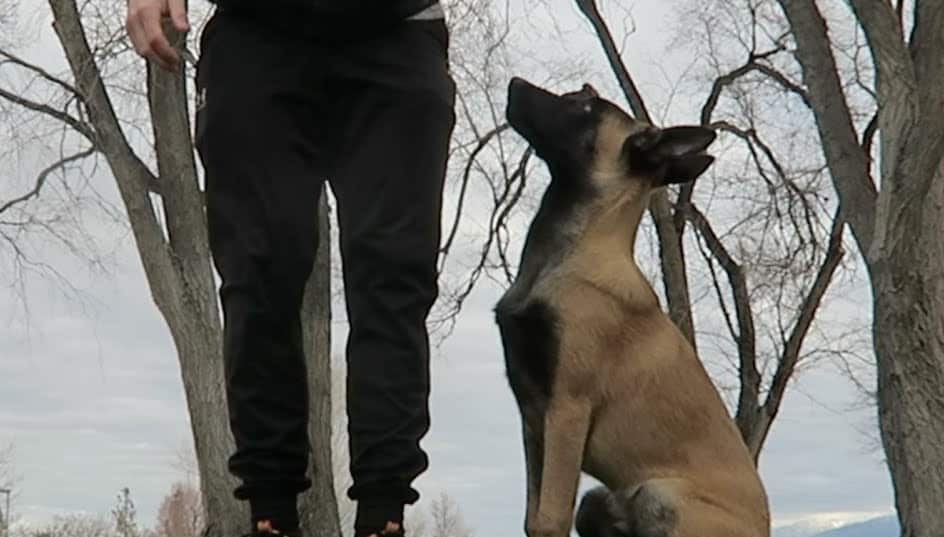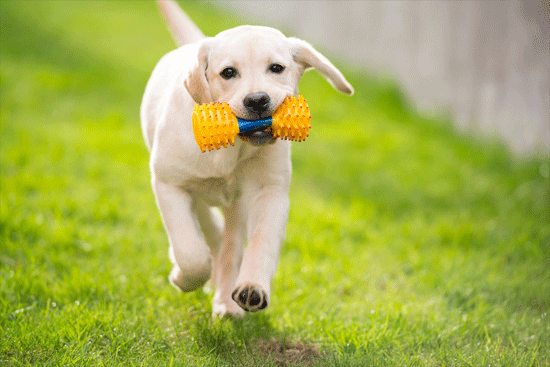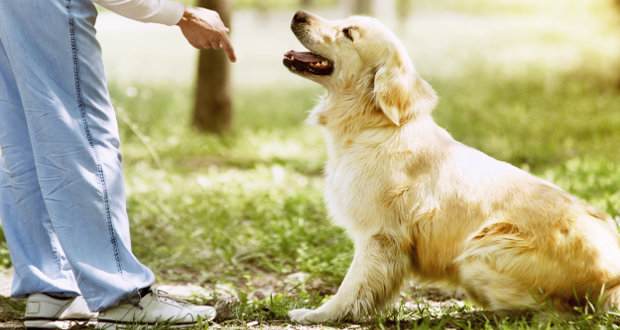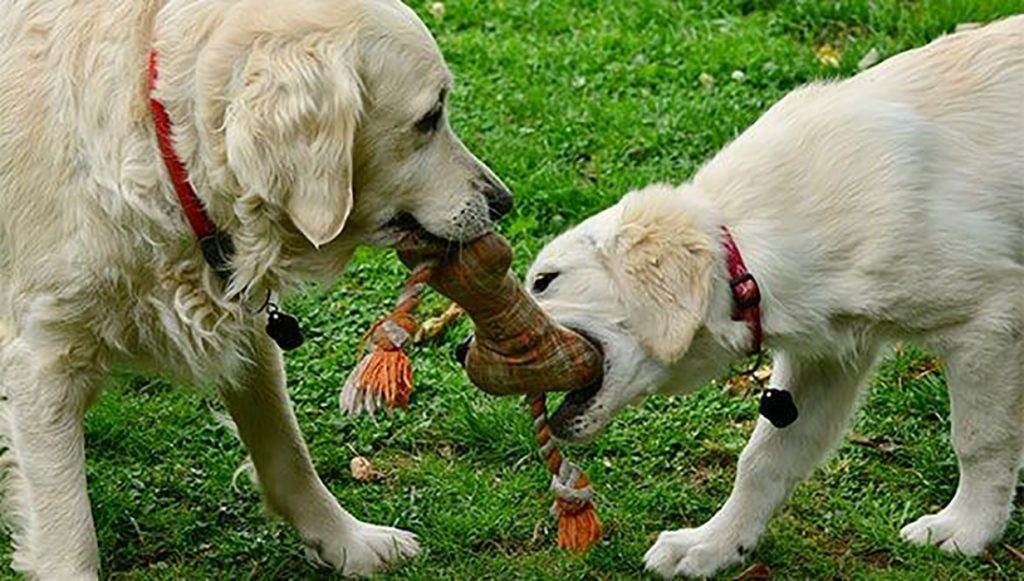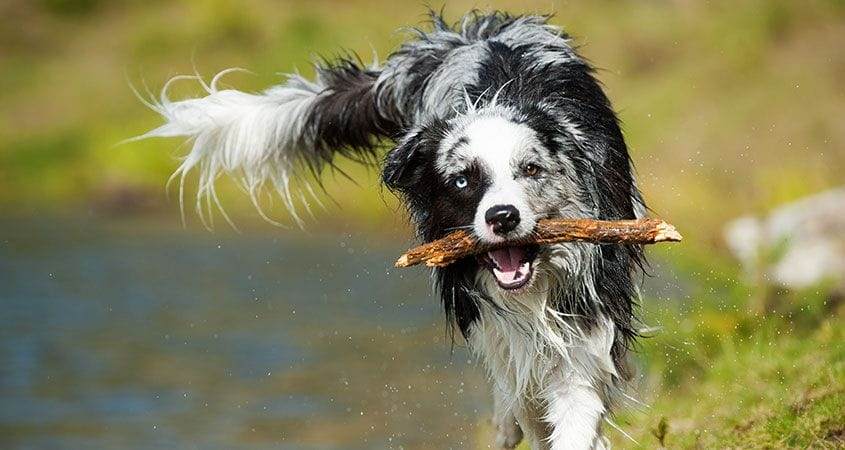Participating in the Junior Hunt Test for the first time can make you really nervous. Consequently, several questions may prick your mind. Some of these queries may be concerned with your dog’s training, expectations, goals and objectives. Others may be related to the event’s rules and regulations. And why not?
After all, you are going to showcase your dog’s talent before so many people for the first time. Besides that, your training abilities will also be tested during this whole event. Therefore, it is more salutary to be prepared than regret later.
So, here we will try to respond to some of the most common queries of first-time handlers regarding the Junior Hunt Test. Besides that, you will get an overall idea of the preparations required for the test day. So, pore over and become a well-informed contestant.
About the Junior Hunt Test
It can be considered as the elementary test for potential gun dogs. Since the dogs participating in this test are really young, the judges won’t expect much expertise from your dog. What they will look for is your dog’s willingness, impulse, ability to mark and to some extent, trainability. Therefore, work on these aspects of your dog before you decide to participate in the hunt test.
The test will comprise of two series:
- Two single throws on land under various cover conditions.
- Two single throws across the water.
The distance to the game will not be more than 100 yards.
Information Related to the Junior Hunt Test Registration
Before you decide to run your dog in the hunt test, make sure it has reached the age of at least 6 months. Besides that, make sure it is registered under the American Kennel Club or affiliated organizations.
If you are running a female dog in the test, make sure it is not in season. Otherwise, your dog will not get the approval to take part in the hunt test.
To enter the Hunt Test, fill up a premium containing you and your dog’s information. Attach the test premium with your entry fee and send it to the Hunt Test Secretary of the concerned club. Once you are done with the submission of the test premium, keep training your dog until the test day arrives.
Marking Scheme of the Junior Hunt Test
You and your pup will be judged based on the following four abilities:
- Marking: It refers to your dog’s ability to watch and memorize the exact location of the falling bird.
- Style: How your dog retrieved the bird and delivered it in your hand.
- Courage/Perseverance/Hunting: The resoluteness of your dog to get done with the task at hand.
- Trainability: It refers to those skills that you have induced in your dog, namely control, steadiness and delivery.
Day of the Hunt Test
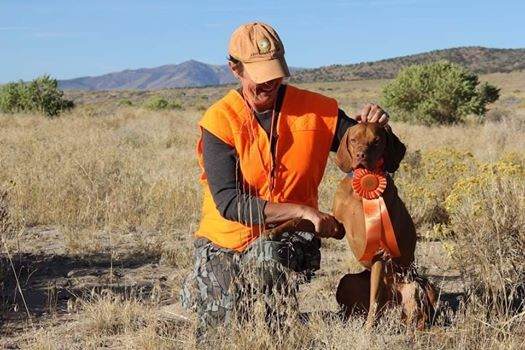
As the day of the hunt test arrives, make sure that you have done enough research to be proficient with the rules and regulations of the hunt test. Here is a complete rundown on the things to be done on the day of the hunt test.
1. Get to the test-ground before time.
It is going to be a really hectic day for you. So, ensure that you reach the location of the test before time. It will help you to take a round of the whole site and get familiar with the test environment.
Besides that, you need your dog to have an ample amount of fresh air before you reach the handlers’ meeting. Tie up your pup with a long leash and take a stroll of the test site. Let your dog observe, smell and feel the surroundings. It will help them to become more accustomed to this new experience. Consequently, you won’t have to worry much about your dog’s impulses during the test.
Take it to the bathroom so that it doesn’t want to wee at the time of the actual hunt test. If you are running a female dog, take it to the Hunt Test Committee to verify its heat cycle.
2. Search for the Marshall
Once you are done with airing out your dog and warming it up to its surroundings, start searching for the Marshall. As you find him, get the premium or program and verify that your pup’s name is on the list or not. Once you have found your dog’s name and number, make it a point to memorize them. It will help you to remain prepared when the judges ask for your dog to reach the line. Remember that the judges won’t announce your dog’s name.
Even though you are supposed to be prepared with the rules and regulations of the test, there is no harm in mentioning it to the Marshall that you are a first-time handler. In fact, stating this point will help you as the Marshall will then make you aware of all the details and specificities of that particular test or site.
After meeting the Marshall, if you still have some time in your hand, allow your dog to stretch its legs again. Take your pup to the bathroom as many times as possible. If it stops to wee during the run, the judges will deduct its perseverance score.
When the test is about to begin, ascertain that your pup remains inside the crate.
3. Attend the Handlers’ Meeting
In the meeting, the judges will give you a complete description of the hunt test. To make the event more clear to you, they will run a test dog. Consequently, as a first-time handler, you will understand how the entire test will be conducted. You will also get an idea of the challenges you and your pup will have to face during the hunt test. Therefore, observe the test dog very carefully.
If you got any doubts or queries, ask them now at this meeting. The time of the test is not right for clearing your doubts. Neither you nor the judges will have time to alleviate your apprehensions.
As you present your doubts before the judges, make sure that the questions are on point. Questions like “What if,” “ How about,” won’t get you straightforward answers. Try to discern the goals and objectives of the test and ask your questions accordingly.
Ascertain that you attend the handlers’ meeting at any cost. The demonstration of the test dog and the doubt clearing session will enable you to be mentally prepared for the test. You will also understand what challenges you will encounter and what is expected from you and your pup. Consequently, the nerves you were feeling after reaching the test grounds will also reduce.
4. Observe the Other Dogs Run
If your puppy is not one of the first four or five runners, do not sit back. Carefully observe the other handlers’ technique of sending their dogs to retrieve. The more you watch the other dogs’ performances, the less you will feel nervous. And that is precisely what experts suggest. Just relax!
Do not forget that this is not just your assessment. It is your dog’s assessment, as well. Even though your pup may not realize it, but it can sense your feelings. If you look anxious and behave unusually, you cannot expect your dog to act normal during the test.
In fact, most experts argue that anything can happen on the test day. As the environment is new, your dog is also expected to behave unusually. So avoid making the situation more detrimental by acting all hyper.
After you have watched other dogs run, move away from the vicinity of the test-ground to sit and relax a bit. The more relaxed you will appear, the less unpredictably your pup will behave at the time of assessment. So, just chill and have fun.
5. Make your way to the Blind.
At the ground, you will see a long line of blinds placed towards the direction of the test. Each of these blinds will have one dog inside it. As you relax with your dog, keep your eyes on the ground and update yourself from time to time regarding any changes in the running order.
When you see that only three to four dogs are left before your pup’s turn comes, take your dog outside for another bout of fresh air. Allow your puppy to empty itself by taking it to the bathroom and then go straight towards the blind. Ascertain that you are carrying your slip leash and whistle.
Fortunately, Junior Hunt Tests allow dogs to carry a flat buckle collar. Besides that, you can use a leash to take your pup towards the line. So, make full utilization of these advantages even if your dog is in its best behaviour. Do not be overconfident or take a chance.
Hunt Tests tend to expose your dog to an entirely new environment. From the sounds, smells and sights to every atom of the surroundings, nothing is familiar to your dog. So, you will never know when your pup becomes excited and runs from the blind to retrieve another dog’s game. Such a situation will definitely lead your dog to go home without any ribbons.
6. Inside the Blind
As you reach the blind, ascertain that your dog remains absolutely steady. If by any chance your gets excited by the sounds of whistles and guns, give the command “SIT” and try to calm it down. Remember that the judges are watching. If your dog creates pandemonium by making too much noise or leaping from the blind, the judges will undoubtedly deduct your dog’s trainability score.
So, keep a good hold on your dog. Prevent it from getting too enthusiastic or even peeping out of the Blind whenever there’s a whistling, blasting or commanding sound.
7. Advancing towards the Line
As you reach the last Blind, detach the snap lead and enter its one end through the collar’s D-ring. It will enable you to send your dog for the retrieve by a mere unhooking of one end of the lead. Once you unhook the leash, it will slowly slip out of your dog’s body as it runs for the retrieve.
However, do not unhook the lead unless you have reached the line with your pup. On the contrary, tightly grip the lead’s both ends. As no corrective mechanisms like bark, choke, prong or pinch collars are allowed during the test, this firm grip on your pup’s slip lead will help you to restrain your dog from getting too enthusiastic.
Wait for the judges to call your dog’s name before advancing towards the line. As mentioned earlier, remember your pup’s number to get over with the assessment as soon as possible. Once you confirm your dog’s number, the judges will give the command, “Dog to the Line.”
As you approach the line, ascertain that your pup is walking on its four legs. It is important to mention because your dog may end up sauntering on its back two legs due to too much excitement. It may appear stylish but is not at all desirable when it comes to trainability score.
8. At the Line
Once you have reached the line, make your dog face the direction in which the bird will be thrown. Hold on to the slip lead firmly and give the command “SIT.” As your dog sits down, and you have gripped the leash or collar firmly, order your pup to “MARK.”
Once you are ready, face the judges and give them the cue to start the test. Avoid speaking to your pup after you have given the signal to the judges.
The Actual Hunt Test
As you gesticulate your readiness to the judges, the latter will give the cue for the first bird to be tossed. After that, they will read out your dog’s number or give you some signal to release your dog.
The First Retrieve
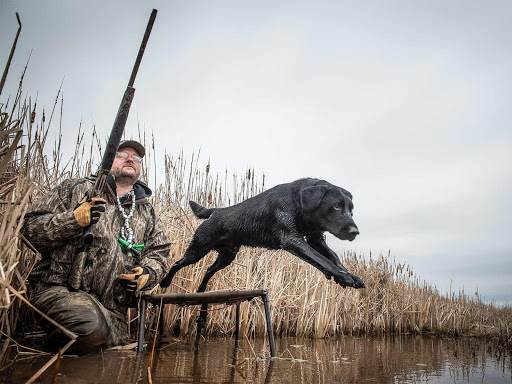
Release your pup by unhooking the slip lead from its collar and then send it for the retrieve. As your dog starts running, keep the leash with you. Do not be too much enthusiastic with the cheering when your pup is heading for the mark. Otherwise, the judges might doubt your intention by thinking that you are trying to intimidate your dog.
As your pup returns to you after completing the retrieve, ascertain that it delivers the bird in your hand. If it leaves the bird on the ground, wait for it to pick it up and place it on your hand. And if you by any chance, let go of the bird due to nerves, do not try to fetch it. Let your pup do the honours.
However, it is more salutary to not mess it up for your dog by dropping the bird. If by any chance your pup becomes clueless about what to do with the fallen bird, your marks can definitely be deducted.
The Second Retrieve
It is better to get ready for the second retrieve as your pup marks the first bird. When it returns to you with the bird, move towards your right direction. It will enable your dog to easily position itself for the next bird once it delivers the first bird in your hand.
After the delivery of the first bird, call your dog to heel by your side. Now, face the direction of the next throw. Keep holding the previous bird in one hand and use the other hand to grab your pup’s collar so that it remains steady.
Once you are set for the next retrieve, gesture the judges to proceed. After giving the signal for the next throw, the judges will motion you to send your pup. Release your dog and as it marks the next bird, return the first bird to the judges.
Once your dog returns and delivers the second bird in your hand, hand over the second bird to the judges. Following which you need to command your pup to “SIT” and attach the slip lid to its collar.
Departing the Line after Retrieve
Regardless of how your dog has performed, thank the judges before departing the line. Firstly, because your dog is being marked unless you have left the test-ground. And secondly, it shows your courtesy.
Now that you are done with the first series of the assessment give your dog some treats and petting for the hard work it has done. Take it for a stroll and let it have the fresh air.
The Second Series
After the first series is complete, the judges will intimate the handlers regarding their dog’s performance. If your pup has qualified the first series, you have to get mentally prepared for the second series- two retrieves in water.
You have to again follow the whole process of finding the Marshall, getting your dog’s number, attending the handlers’ meeting and observing the test dog run.
During the actual test, ascertain that your dog takes the water route to mark and retrieve. Even though it won’t be disqualified for taking the land route, its points will undoubtedly be deducted.
Conclusion
The day of the Hunt Test will prove to be a really long day for you and your dog. So, ascertain that you remain prepared for the upcoming challenges. Get over with all the packing related activities at least one night before the hunt test.
Do not forget to carry food, clothes, water bottles and dog treats. Besides that, take a collar and leash for your pup. As your dog will participate in the junior hunt test, there will be no issue with collars. Also, carry some towels to dry off your dog after it is done with the retrieve.
If you train your dog for the test yourself, it will be a bit difficult for you to create the test like ambience at your home. Consequently, your dog may feel utterly new to the environment of the hunt test. In such circumstances, you won’t be able to predict your dog’s reactions when the judges give you the cue to send your pup to retrieve.
If you wish to prepare your dog for the test environment, ask some friends to help you with your dog’s training at least two-three days before the test. As your dog becomes accustomed to the whole exercise, it won’t feel out of its depth as you two reach the test-ground.
Although it is your first hunt test, do not get so hyper. It is just an assessment and not a contest with other puppies. The goal is to check your dog’s progress so far as a gun dog. It will help you to know your pup’s strengths and weaknesses and work on them accordingly. So, relax and enjoy this short trip with your furry friend.
Table of Contents

